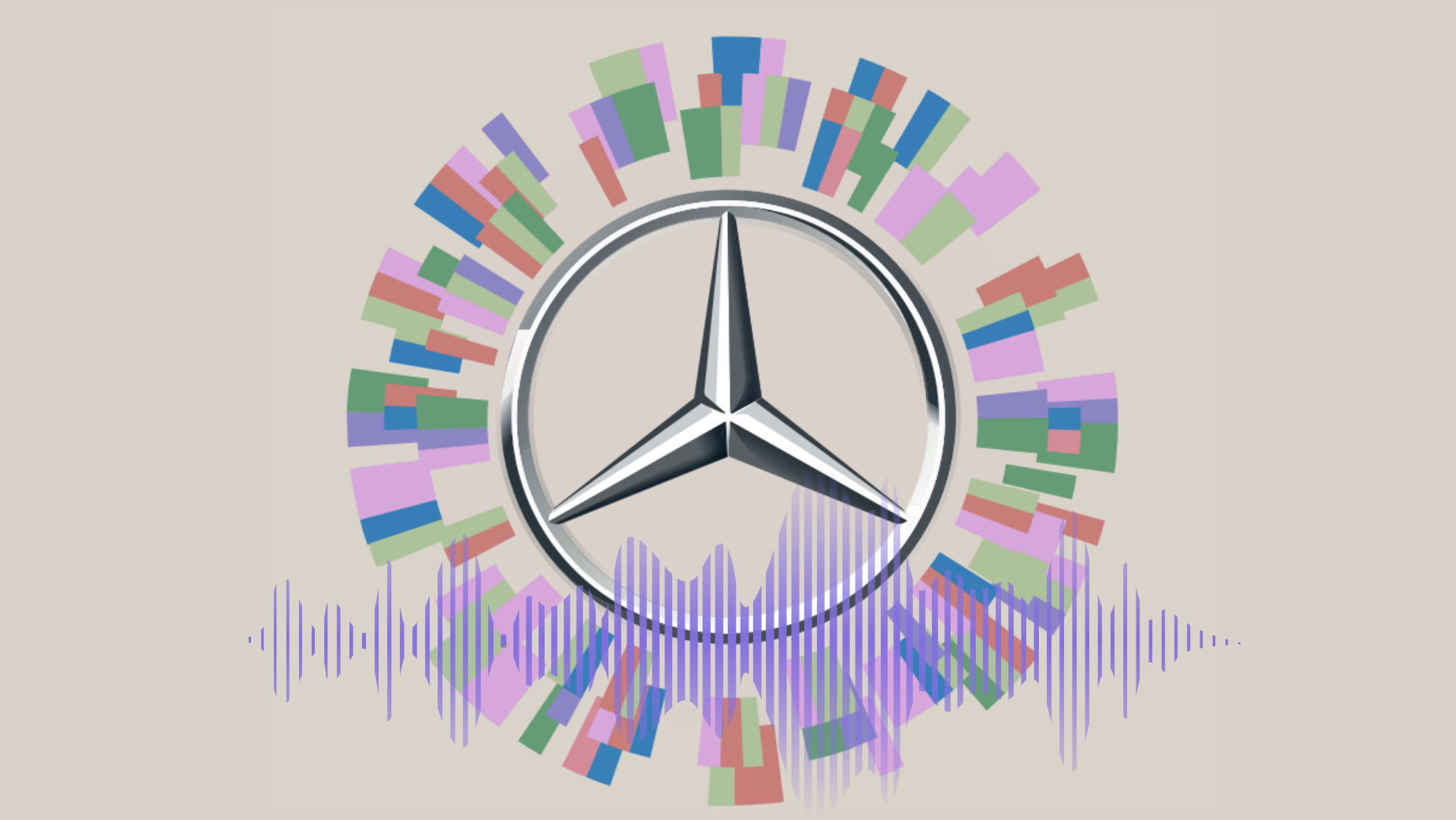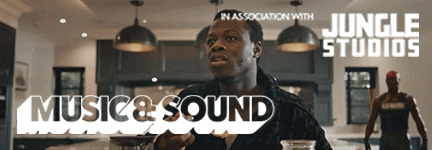
How Luxury Brands Are Using Sound Branding to Stand out From the Crowd

Summer 2013, Germany. “Stop playing that jingle,” my teacher said, annoyed at us teens playing around on the one piano in the classroom. While my friends and I were trying to distract all other pupils from the boring reality that was music class, she was sick of us playing the same five-note T-Mobile jingle over and over and… over again.
What was a small teenage prank that irritated my teacher, was a testament to the carefully crafted T-Mobile jingle, introduced in 1999 – a pioneering example of effective sonic branding. I might have had no idea of the art and impact of audio branding back then, but I was a breathing example of its success.
With multiple brands saying that sound branding has helped their brand recall, logo appeal and brand favourability, it’s no wonder the world's biggest luxury companies are investing in audibly recognisable branding. While the luxury industry is set for continued growth in 2025 with a 5.2% annual increase, being distinguishable among the highly competitive field is paramount for luxury brands. This is what sonic branding company amp has found in its new amplify magazine 'The Sound of Luxury'.
Hannah Cahill is a senior research consultant at amp, the company that famously created the Mastercard sonic logo. Within 12 months of the launch of its sonic brand identity, Mastercard reported that 77% of its customers believe it has made the brand more trustworthy.
The Unique Sound of Luxury
Hannah says the key to an iconic sonic positioning for luxury brands is not to be predictable. She explains that while traditionally luxury brands have used classical music to portray elegance, timelessness, and exclusivity, this is now out of date. She says it is “overused” and therefore “often ineffective”. Hannah adds: “The luxury brands who really stand out sonically, like Bottega Veneta, more often create original music with a sound that is sometimes even a little unexpected, but designed to work perfectly with the visuals.”
Research by Ipsos revealed ads that contained sonic brand cues tested 8.53 times more effective than those that contained only visual assets. The paper even calls audio a “missed opportunity” for brands to use the “wider value” audio can deliver.
Hannah couldn’t agree more. “The sound seems like an afterthought, or not present at all. To be truly immersive, every element of the space needs to be designed, creating a unique multisensorial experience.” She adds: ”Too often, luxury spaces invest in thoughtfully designed lighting and furnishings, yet leave sonic decisions to the last minute, often falling back on generic ambient playlists. These beautiful spaces might look unique but they can sound interchangeable.”
Disrupting Sound In Times of Social Media
In the wild west of social media campaigns, standing out becomes increasingly more difficult. Hannah thinks brands should use sonic design as a tool to be more recognisable. She says it is important to cut “through the sea of trending audios used by so many similar brands on these channels”.
Dr. Elyria Kemp is professor of marketing at the University of New Orleans and specialises in sonic branding. She says, “Sound elements can actually grab people’s attention even more effectively than visuals in some cases. So, in today’s audio-centric world, how a brand sounds is becoming just as important as how it looks.”
A study published in the International Journal of Sports Marketing and Sponsorship found that commercials featuring background music elicited higher emotional arousal and attention levels compared to those with only narration. This heightened engagement also led to improved brand attitudes and increased purchase intentions among viewers.
Dr. Elyria believes that emotional connection resulting from sound is key when you are trying to build lasting relationships with customers. She added: “It’s especially important now, because a lot of people are not as loyal to specific brands anymore – we refer to them as brand agnostics. What we found is that even for those who didn’t feel tied to any brand, hearing a well-designed sonic brand or logo could still spark a sense of trust. So, it really shows how powerful a sonic brand can be in building that initial bond.”
World building through soundwaves
Senior research consultant Hannah thinks that is why music and sound are effective tools in storytelling. “Sound is the perfect medium for brands wanting to express their emotional world”, she says. “For their 2024 upcycled holiday collection campaign, Miu Miu ‘upcycled’ a centuries-old Chopin nocturne, remixing and modernising it. The result was a delicate, electronic sound and a dreamlike, almost magical feel, which enhanced the collection’s emotional narrative.
“In contrast, Bottega Veneta created a sense of distance and intrigue with their Summer 2024 campaign by pairing slow, mysterious music with the sunny visuals of the Nevada desert. In both cases, music is not simply an accessory, but a vital tool which shapes and deepens emotional storytelling.”
But not everyone invests in unique sonic branding – and it’s recognisable when they don’t, Hannah explains. “Versace, for example, used a generic, mood-appropriate stock track to advertise its exclusive Skeleton watch, leading to an entirely forgettable ad.”
She says in contrast, Hermès Cut used custom music with irregular time signatures and unusual ticking motifs to reflect craftsmanship, perfectly synched with the visuals. “Not only does this make the ad so much more interesting and memorable, it is a sonic representation of the quality and precision of the watch itself. While default sound simply blends into the background, designed sound is more than simply a decent fit for the visuals. It is perfectly tailored, and built with the same attention to detail and intentionality as the product itself.”
Luxuriously Outstanding Sound Design
Hannah finds Mercedes-Benz to be standing out in the field of luxury sound branding. She thinks the brand has unique sonic DNA, a unique, audible expression of the brand’s core values and personality. She says Mercedes-Benzalso, “unlike many automotive brands, doesn’t lean on tired engine revs or sonic logos built around the literal sounds of the car to convey a sense of their quality. Instead, it utilises a sonic identity which is flexible, emotional, and mirrors their daring visual identity.”
The sound designer advocates for innovation and experimentation in the field of luxury sound design. “To feel culturally progressive and emotionally powerful, brands need to move away from the clichés of orchestral music, and embrace sound that reflects them individually, one that tells consumers who they are. The new sound of luxury is still reflective of craft and refinement, but it is also more experimental and personal, using minimalist textures or unexpected juxtapositions.
About a future trajectory, Hannah says: “The brands leading this shift understand that timelessness doesn’t come from tradition alone, but from connection. By embracing sound as storytelling, they create experiences that are not only distinctive, but unforgettable.” Leaning more into the potential of sonic world building might be a valuable tool for luxury brands.















